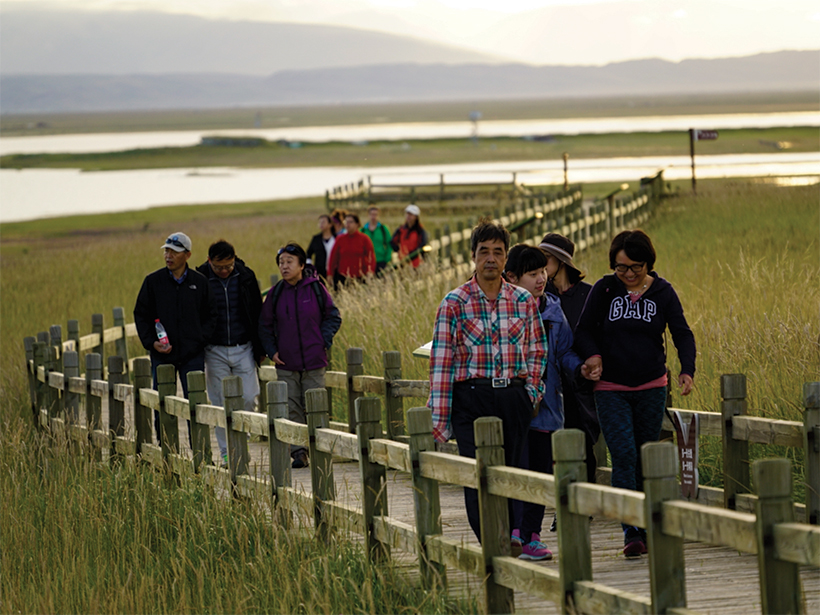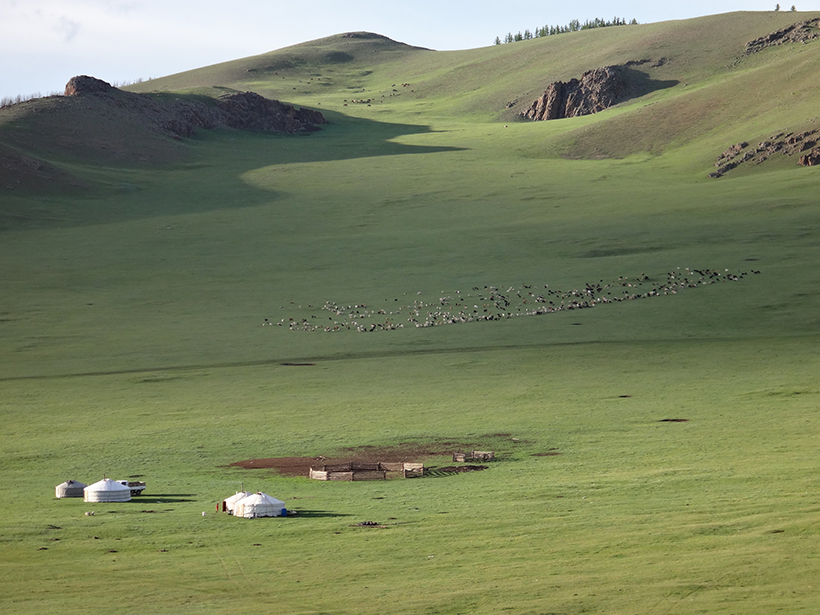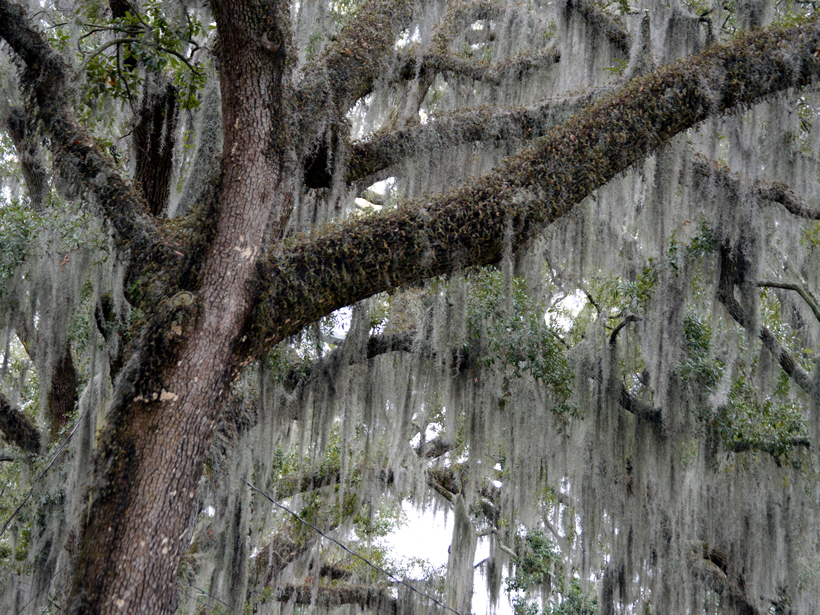One of the world’s largest carbon sinks is still poorly understood.
carbon cycle
U.S. and China Assess Ecosystem Effects of a Fading Cryosphere
Impacts of a Changing Cryosphere on Lakes and Streams in Mountain Regions: US-China Collaborative Workshop at Qinghai Lake; Qinghai, China, 21–27 August 2017
Ocean Wind Satellites Observe an Amazonian Drought
Satellites designed to observe ocean winds can also be used to map both forest structure and water content, allowing researchers to disentangle factors of carbon loss due to drought in the Amazon.
What Will Redwood Trees Do Without Foggy Days?
Coastal California fog—a key source of water for the iconic redwood tree—has declined by a third. Can a trace gas, carbonyl sulfide, be used to assess the effect on plant productivity?
Critical Role of Grazing Animals in an Ecosystem
Scientists model the effect of horses, cattle, sheep, and goats on local environments and global climate.
The Amazon River’s Ecosystem: Where Land Meets the Sea
What happens to plant matter on its journey down the Amazon River to the Atlantic Ocean? One research group investigated the region where river and ocean meet to fill in this part of the story.
Mossy Oaks Are Dripping with Organic Matter
Epiphyte-bearing trees leach carbon when it rains.
Why Mountainous Upland Forests Emit So Much Methane
New research suggests that moist tree heartwood produces methane and emits the greenhouse gas to the atmosphere.
Eyes in the Sky Look Closer at Under-Surveyed Northern Forests
Spaceborne images give scientists a detailed picture of the boreal forests’ tree heights, which help scientists estimate their contribution to carbon budgets.
Searching for Organic Carbon in the Dry Valleys of Antarctica
Researchers identify the first evidence of microbial respiration in desiccated Antarctic permafrost soils.










